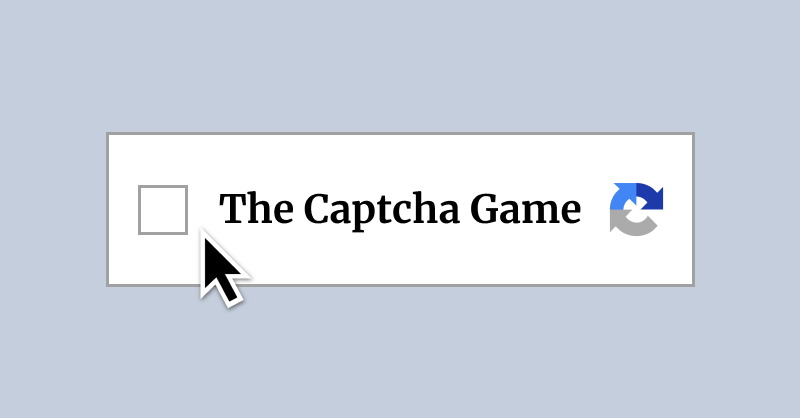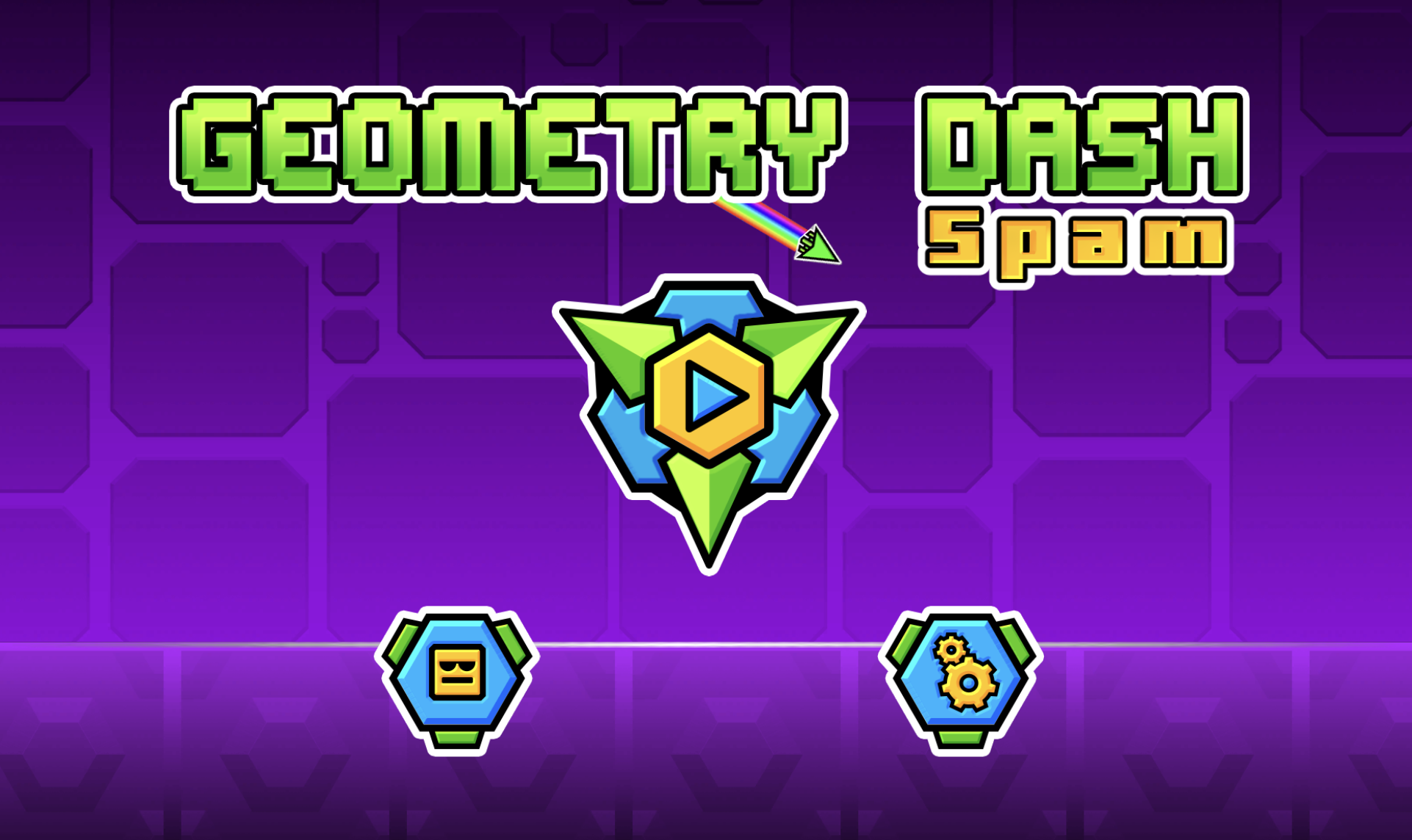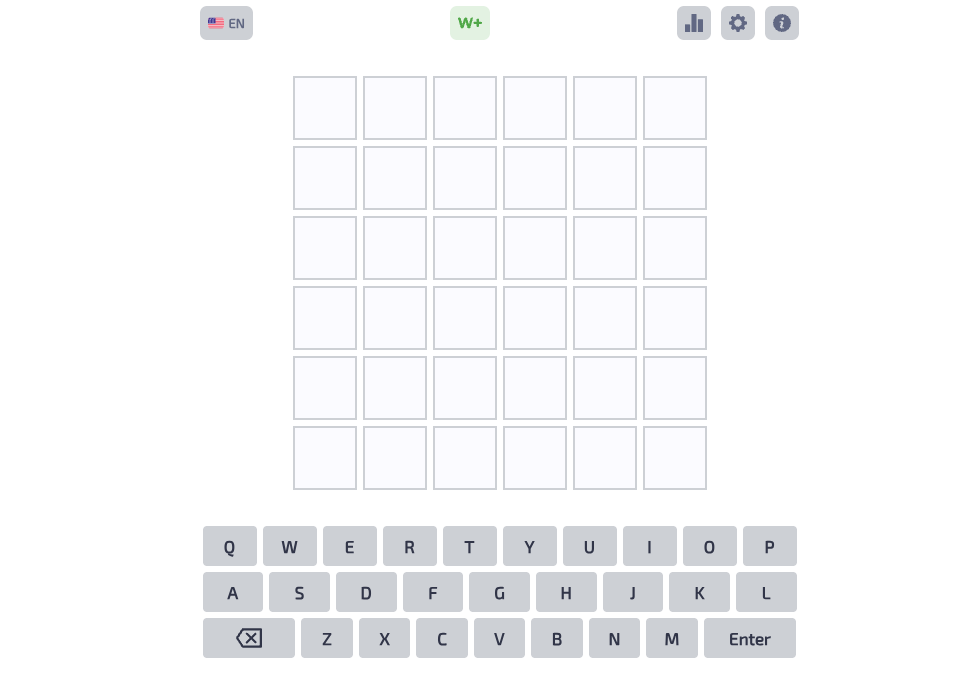Play Pips NYT — Domino Logic, Clean Deductions
Keep exploring
Continue your Poly Track hot lap streak with more custom circuits, speed trials, and tuning guides.

The Captcha Game

Smash Karts

Stick It to the Stickman

Geometry Dash Spam

BloodMoney

Human Expenditure Program

Wordle 2

Bloxd io

Take Care of Your Own Hollyberry

Happy Land
Master Pips NYT Without Guesswork
Turn Domino Logic Into a Calm, Repeatable Habit
Pips NYT takes classic domino tiles and turns them into a crisp deduction dance. Around the board sit numbered clues that describe how many pip halves must occupy each adjoining region. Your task in Pips NYT is to place two-square dominoes so that every dot links to its partner, no regions are oversubscribed, and no rule is violated. The pleasure of Pips NYT is how each certain placement unlocks another, converting a cluttered grid into a clean tapestry of cause and effect.
Know the Building Blocks Before You Rush
Every domino covers exactly two adjacent cells, and each pip face must connect to an identical pip face to become a full tile. Pips NYT revolves around that pairing truth: dots demand partners. When a region’s perimeter shows zero, you can confidently mark all bordering cells as impossible for pips. When a perimeter shows its maximum, you can safely commit placements. Pips NYT rewards players who transform these extremes into anchors that structure the rest of the board.
Use Structured Passes, Not Random Stabs
A consistent scan order prevents oversight. Sweep the outer clues left to right, top to bottom, then sweep again after each commit. In Pips NYT, small updates ripple outward; a single locked domino may lower a region’s remaining quota and enable further certainty. Keep a running tally in your head or with pencil marks, and let arithmetic carry you. Pips NYT is less about instinct and more about repeatable micro-steps that keep you out of guess territory and firmly inside proof-based progress.
Start With Extremes, Then Tighten the Net
Zero regions and capped regions form the skeleton of early play. Block out cells that cannot host pips, then confirm cells that must. Pips NYT translates these extremes into free information, which in turn prunes neighboring choices. If an L-shaped corner is nearly filled, check parity: dominoes occupy two squares, so odd gaps can be diagnostic. Pips NYT often gifts forced placements in narrow corridors or two-wide cul-de-sacs where only one orientation can fit without violating future quotas.
Respect Adjacency and Avoid Self-Traps
Once a domino value is placed, its twin value cannot appear elsewhere in conflict with the rules in that immediate context. Track where partners can still legally connect before you lock a tile. Pips NYT punishes tunnel vision: a perfect local fit can create an impossible global state if it strands a single orphan pip or overfills a perimeter count. Before committing, preview how many legal neighbors remain. Pips NYT becomes effortless when you habitually simulate the next one or two placements to ensure continuity.
Balance Pencil Marks and Commitments
Use light candidate marks to record possibilities, then upgrade to hard placements only when a contradiction would arise otherwise. In Pips NYT, this pencils-first approach protects you from cascading errors late in the board. If two options remain for a corridor, pencil both and look for outside pressure: perimeter counts, parity of remaining spaces, and the existence of alternative partner cells. Many Pips NYT boards collapse elegantly once you annotate a few choke points and revisit them after global updates.
Midgame Arithmetic Beats Guessing
When the easy extremes are exhausted, move to sum checks. Compare remaining quota on each border with the number of still-open candidate cells. In Pips NYT, if a region’s residual count equals the available slots where pips could logically land, those slots become must-fills. Conversely, if the residual is zero, purge those candidates. This arithmetic pruning loops quickly: fill, recount, prune again. Pips NYT flows fastest when you maintain this mechanical rhythm, turning dozens of micro-decisions into a steady ascent toward completion.
Endgame: Prevent Orphans and Validate Flow
The final third is a validation exercise. Scan for isolated single squares that cannot accept a full domino, check that every exposed pip face still has at least one legal partner, and ensure region quotas are headed toward exact satisfaction. In Pips NYT, a nearly solved board can still hide a silent contradiction, so rehearse quick “what if” branches that are one move deep. If any branch dead-ends, eliminate it and confirm the alternative. Pips NYT rarely requires true guessing; the board always contains a proof if you keep totals and parity in view.
Common Pitfalls and Easy Fixes
First, overcommitting too early. Keep candidates until a rule forces your hand. Second, forgetting domino shape constraints: two-square coverage means narrow necks and odd pockets are decisive. Third, ignoring global quotas after a local placement. Pips NYT punishes these slips, but the remedy is simple—recount after every commit. Fourth, not leveraging symmetry. When two mirrored corridors exist, test one; the inference often transfers. Pips NYT becomes friendlier as you internalize these repair patterns.
Daily Flow, Clean Focus, Lasting Skills
Because new boards arrive regularly, Pips NYT fits neatly into a daily brain warm-up. The tactility of dragging tiles, the satisfaction of perfectly balanced quotas, and the quiet confidence of proof-based solving create a restorative loop. With repetition, Pips NYT strengthens spatial reasoning, incremental planning, and error recovery. If you like Sudoku’s logic but want tactile domino flavor and edge-sum nuance, Pips NYT offers a refreshing routine that is approachable on short breaks yet deep enough to reward mastery over time.
Play Pips NYT — Domino Logic, Clean Deductions is ready to play
Solve numbered-edge domino grids in Pips NYT. Drag, pencil, and deduce your way through fresh daily boards that sharpen logic and reward clean solutions.
Share Play Pips NYT — Domino Logic, Clean Deductions
Spread the word, invite friends, or bookmark this page to revisit the story whenever you need it.